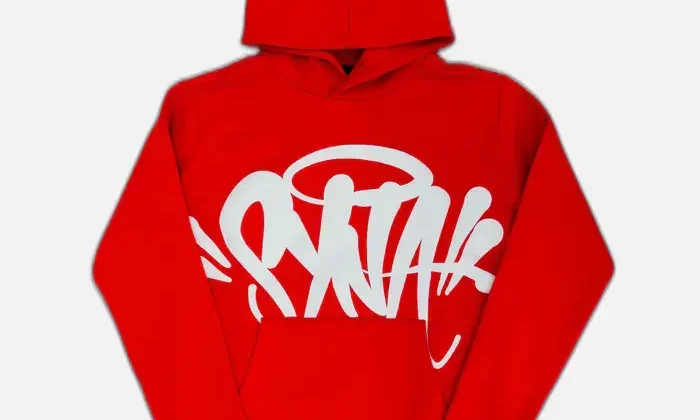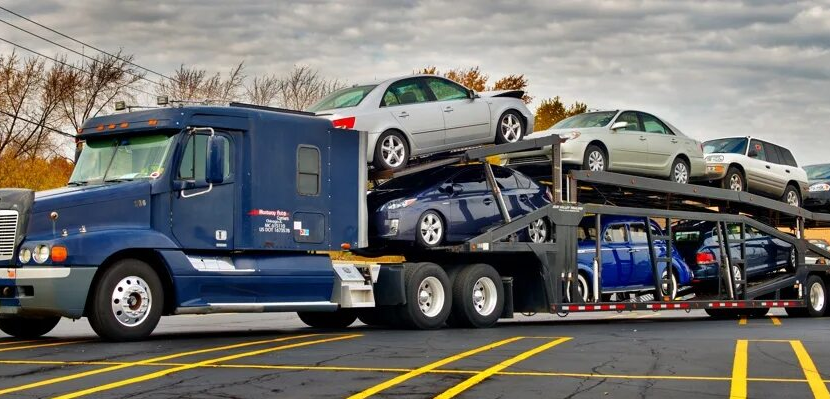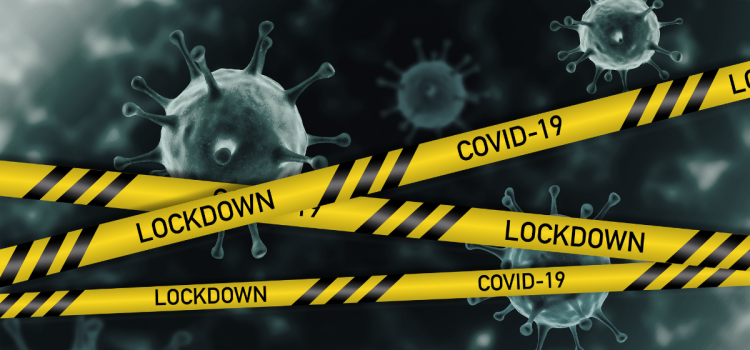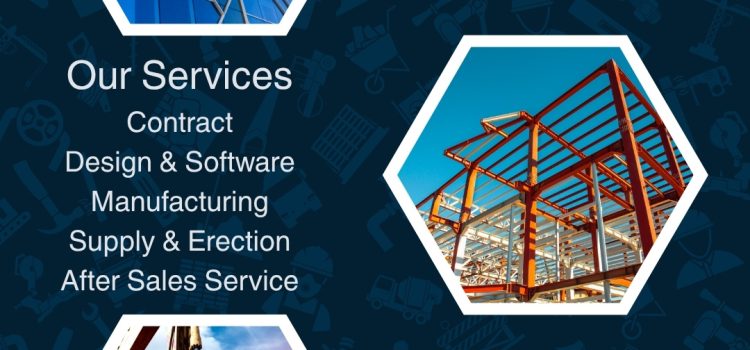
Introduction
Few cars capture hearts like The Mini. Since its debut in 1959, the Mini Cooper and its siblings have changed how we think about small cars. This enduring legacy shows up in city streets, race tracks, and pop culture. In this article, we’ll dive into the Mini’s humble origins, its leap into fame during the Swinging Sixties, and how modern versions carry its spirit forward. Whether you love vintage classics or sporty hatchbacks, the story of The Mini is full of surprises. Let’s explore why this small wonder remains a giant in automotive history.
Origins of The Mini
In the late 1950s, rising fuel prices and crowded roads called for a new kind of car. Sir Alec Issigonis, a British engineer, designed a compact vehicle that put wheels at the corners. This meant more inside space despite its tiny frame. The original Mini measured just over 10 feet long and could comfortably seat four adults. Its front-wheel-drive layout and transverse engine made it efficient and fun to drive.
Launched by the British Motor Corporation (BMC) in 1959, The Mini offered excellent fuel economy—around 50 miles per gallon. It cost little to buy and maintain. Families, students, and city drivers embraced it quickly. The Mini Cooper variant, introduced in 1961 by John Cooper, a Formula One designer, featured a tuned engine and sporty suspension. Suddenly, The Mini was not just practical; it was thrilling.
The Swinging Sixties Phenomenon
The 1960s brought music, fashion, and art revolutions—and The Mini was right at the heart. In London’s Carnaby Street, mod culture thrived. Young people chose Minis painted in bold colors and two-tone patterns. Celebrities like Twiggy and The Beatles drove Minis, giving the car instant cool factor.
Commercials and film spots also helped. Minis appeared in movies like The Italian Job (1969), starring Michael Caine. The famous final chase scene, weaving through tight streets and sewer tunnels, showcased the Mini’s agility. Fans still mimic that iconic red, white-roofed Mini Cooper S to this day.
By the end of the decade, over a million Minis had rolled off the line. The car was no longer just transportation—it was a style statement. Its influence on design and popular culture cemented its place in history.
Design Innovations and Engineering
The Mini’s clever engineering underpins its enduring legacy. Key innovations include:
- Transverse Engine Layout: Placing the engine sideways freed up space.
- Rubber Cone Suspension: A simple, lightweight system that offered a firm but comfortable ride.
- Minimal Overhangs: Wheels at the corners meant more passenger room and better handling.
These features influenced future small car design worldwide. Many modern hatchbacks still use transverse engines and front-wheel drive. The Mini showed that smart packaging could make small cars both practical and fun.
Mini’s designers also focused on user-friendly details. The dashboard was simple. Controls were easy to reach. Interior panels were often interchangeable, reducing repair costs and making customization simple. This user-centered approach remains part of the brand today.
Motorsport Heritage
Few small cars match The Mini’s success in racing. From 1964 to 1967, the Mini Cooper S won the Monte Carlo Rally three times. Drivers like Rauno Aaltonen and Paddy Hopkirk became legends after navigating narrow mountain roads in freezing conditions. Their victories proved that a tiny car could outrun larger competitors.
Rallying success boosted sales and fame. The public watched newsreels and read magazines praising The Mini’s performance and reliability. Private racing teams also entered Minis in hill climbs, circuit races, and endurance events. Special models with tuned engines, wider wheels, and roll cages took the name “Mini Cooper” to new heights.
Today, classic rally Minis fetch high prices among collectors. Vintage race events celebrate those early triumphs, and modern John Cooper Works models carry on the racing spirit with turbocharged engines and performance tuning.
The Modern Mini Revolution
In 2001, BMW relaunched the Mini brand. They kept the key design cues—short overhangs, circular headlights, and contrasting roof colors—while updating technology and safety. The new Mini Cooper offered:
- Turbocharged Engines: Peppy power with better emissions.
- Advanced Chassis: Multi-link rear suspension for sharper handling.
- Luxury Interiors: Leather seats, touchscreen displays, and premium audio.
This blend of heritage and innovation attracted a new generation. Urban drivers loved the compact size, and car enthusiasts admired the go-kart feel. BMW expanded the lineup with models like the Clubman (longer wheelbase), Countryman (small SUV), and Electric Mini, embracing eco-friendly trends.
Despite these changes, every modern Mini still feels like the original. Designers retained the “small wonder” charm while adding features drivers expect in the 21st century.
Cultural Impact Across Media
The Mini’s influence extends far beyond roads and racetracks. It appears in:
- Film and TV: Besides The Italian Job, Minis feature in films like Get Carter and series like Mr. Bean, where Mr. Bean’s green Mini is almost a character itself.
- Music Videos: Bands like Oasis and Blur used Minis in promos, linking the car to British pop culture.
- Art and Advertising: Artists such as Andy Warhol and Banksy have used Minis in their work, turning the car into a canvas.
Brand collaborations also keep The Mini in the spotlight. Special editions tie in with fashion labels or feature custom liveries by street artists. Museums display classic Minis as design icons, and car shows feature restoration contests where fans refurbish rare models.
Why The Mini’s Legacy Endures
Several factors ensure The Mini’s place in history:
- Timeless Design: Clean lines and playful details never feel dated.
- User Connection: The car’s simplicity invites personalization and community among owners.
- Racing Pedigree: Motorsport success built lasting respect.
- Cultural Symbol: From mods to movies, The Mini represents freedom and fun.
These elements create a bond between driver and car. Owners often call their Minis by name and share stories of road trips, rallies, and club meets. This loyal fan base keeps the Mini community vibrant.
Tips for Mini Enthusiasts
If you’re new to the world of Minis, here are some pointers:
- Join a Club: Local Mini clubs host shows, drives, and meetups.
- Learn Basic Maintenance: Classic Minis need regular checks on brakes, steering, and rubber cones.
- Explore Special Editions: From the 1960s Mk I Cooper S to the 2020 Electric Mini, there’s a model for every taste.
- Attend a Rally: Watching Minis race on gravel and tarmac brings history to life.
Whether you choose a vintage classic or a modern Cooper S, owning a Mini is more than driving—it’s joining a global family.
Conclusion
The Mini’s journey from a space-saving city car to a cultural icon is nothing short of remarkable. Its clever engineering, motorsport triumphs, and playful design combined to create an enduring legacy that spans decades. Today’s Minis honor that heritage while embracing modern tech and eco-friendly trends. Fans across generations share a bond built on shared road trips, club events, and a love for driving fun. From the Swinging Sixties to electric power, The Mini proves that small size never limits big dreams. Celebrate this small wonder and join the community keeping its story alive.

















